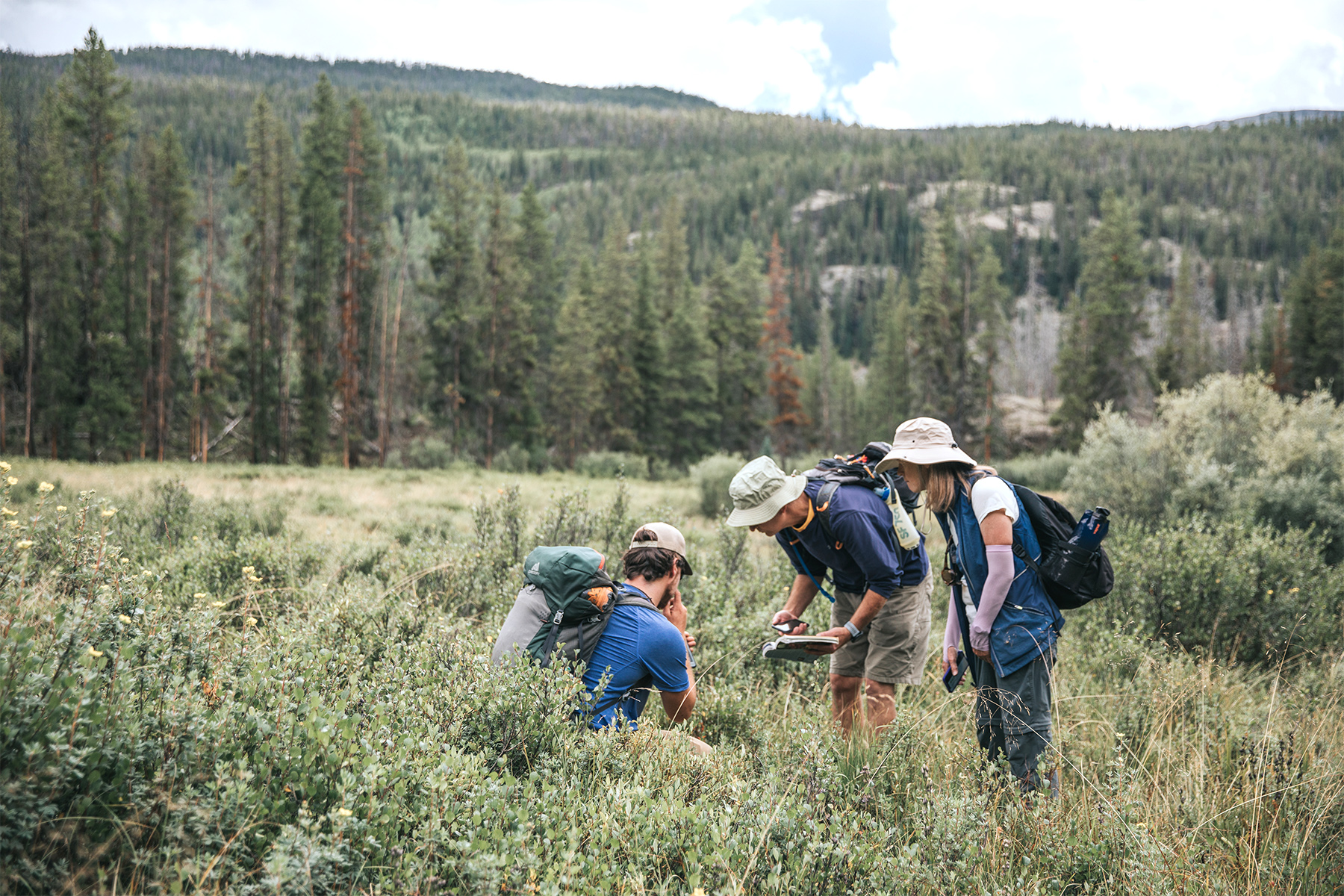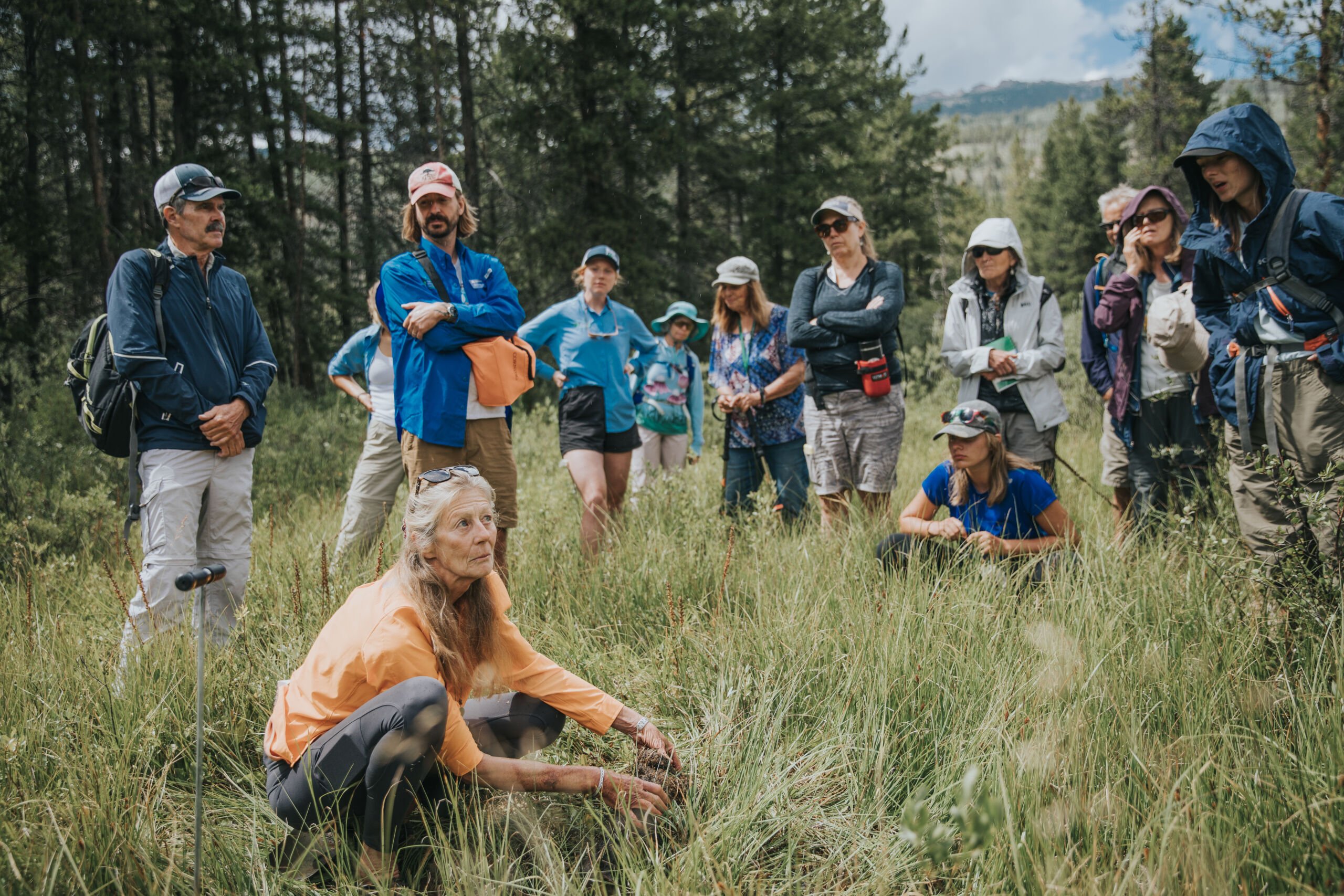From the Winter 2022 Issue of Wild Works
On the eastern edge of the Holy Cross Wilderness near Red Cliff lies the Homestake Valley, home to a diversity of plant and animal life and an abundance of recreation opportunities. The Valley is also home to a special kind of wetlands, known as fens. These nutrient-rich wetlands take around 10,000 years to develop, support plant and animal communities, and act as a natural cold water storage system. As we’ve shared in past issues of Wild Works, Wilderness Workshop has been working to stop a proposed dam and reservoir that would destroy these valuable fen ecosystems and inundate parts of the Holy Cross Wilderness.
“Fen soils are typically nutrient-rich so we have a huge amount of diversity in plant life. When we have more diverse plant communities, we have more diverse animal communities. A basic tenant of conservation biology is that diversity enhances stability – ecological, dynamic stability.” – Delia Malone, Sierra Club volunteer & Ecologist with CNHP at the Homestake Community Science Project.
In August, WW initiated a community science project to document the biodiversity of the Homestake Valley and gather scientific data that shows just how special this area is. We partnered with Eagle River Watershed Council, Rocky Mountain Wild, Walking Mountains Science Center, Colorado Natural Heritage Program (CNHP), Sierra Club, and Audubon Society to lead over 30 volunteers into the wetlands for a bioblitz to identify as many plant and animal species as possible. Expert botanists and ecologists helped participants understand more about the intricate wetland ecosystem and assisted with identifying different species.

Logging plant observations in the field.

Ecologist Delia Malone explaining the importance of fens.
After spending the day in the field, participants used the iNaturalist app to log their observations into a global research database; observations are then verified by naturalists and become research-grade data. As of publication, we’ve logged nearly 300 observations and identified 90 species! These community observations will help us document what’s at stake in the Homestake Valley and make us all stronger advocates for protecting this extraordinary place now and into the future.
Join in the Fun! This Community Science Project is ongoing, and anyone can contribute by using the iNaturalist app to photograph plants, insects, or animals in the Homestake Valley. There’s no need to be an expert ecologist or know a specific species – just upload quality photos and the iNaturalist community will help identify your observation. Search for the “Homestake Valley Bioblitz” project on iNaturalist to learn more and participate.
Page Header Image: Participants at the Bioblitz.


